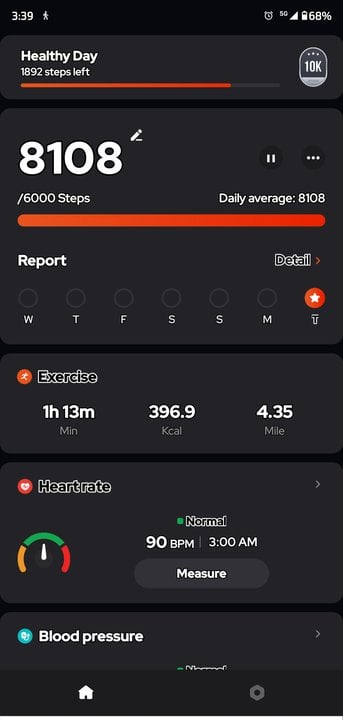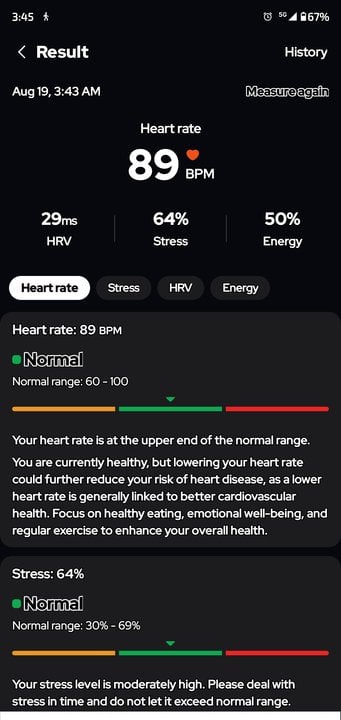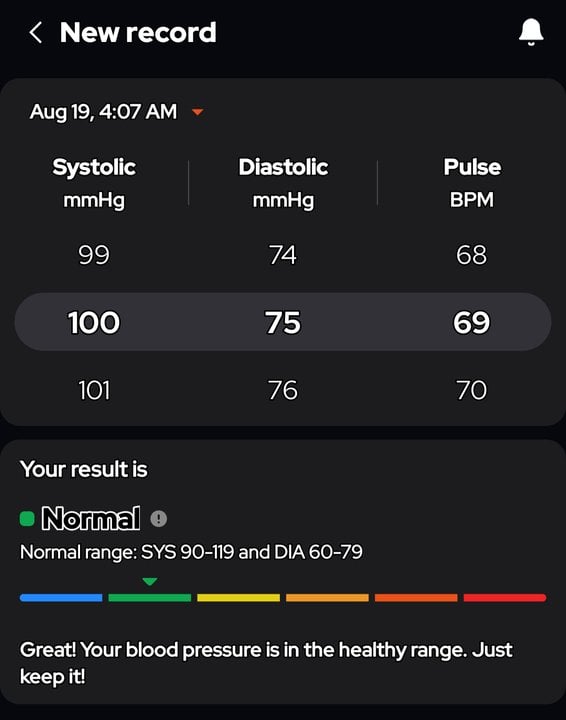[Personal] Step counter and health tracker.
I was a bit surprised to find out that my two mile walk was really 4.35 miles. 😆
Interesting that this app has other biometrics as well like Heart rate, blood pressure and stress measurements.
Yet not so happy that you can see nothing without being connected to a network. It actually requires you to be connected to a Google account.
Since I will only use this app for walking, I'll disconnect it and force stop it for anything else.
I hate being monitored constantly.
Not bad for being 66 years old on the walk. 😊
Interesting that this app has other biometrics as well like Heart rate, blood pressure and stress measurements.
Yet not so happy that you can see nothing without being connected to a network. It actually requires you to be connected to a Google account.
Since I will only use this app for walking, I'll disconnect it and force stop it for anything else.
I hate being monitored constantly.
Not bad for being 66 years old on the walk. 😊
61-69, M






